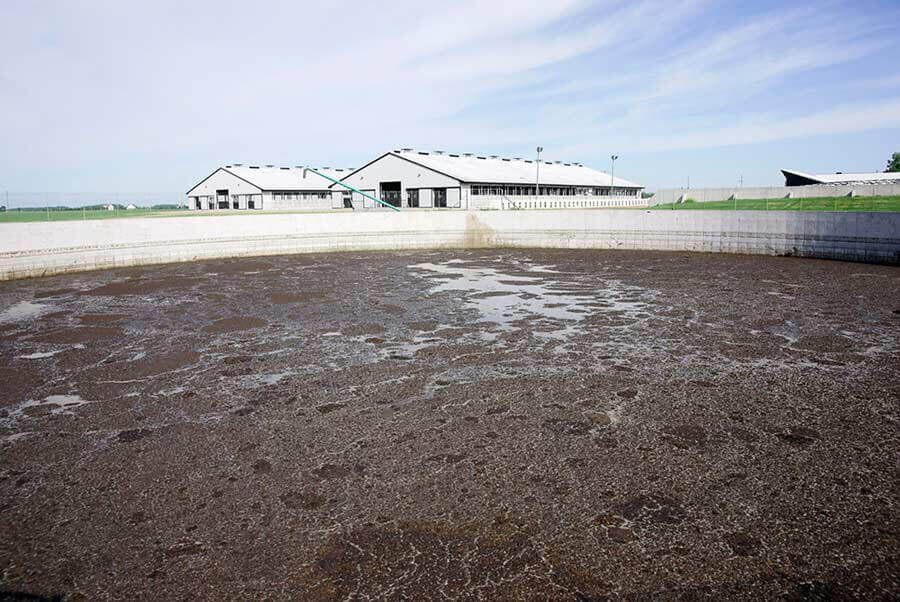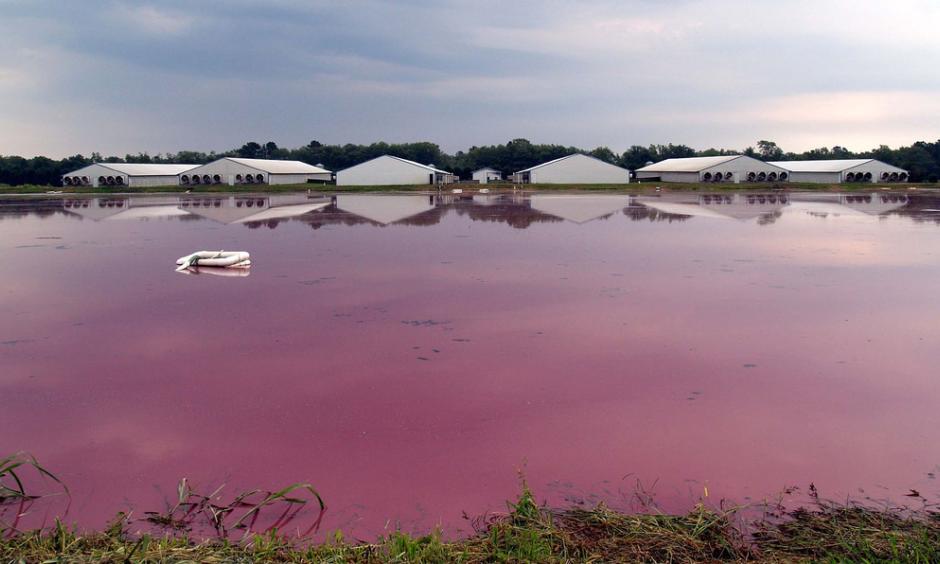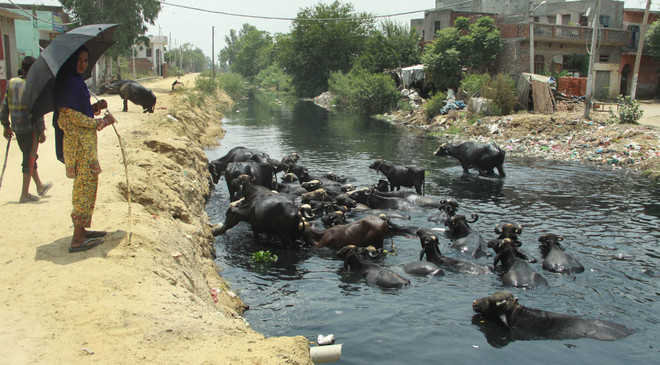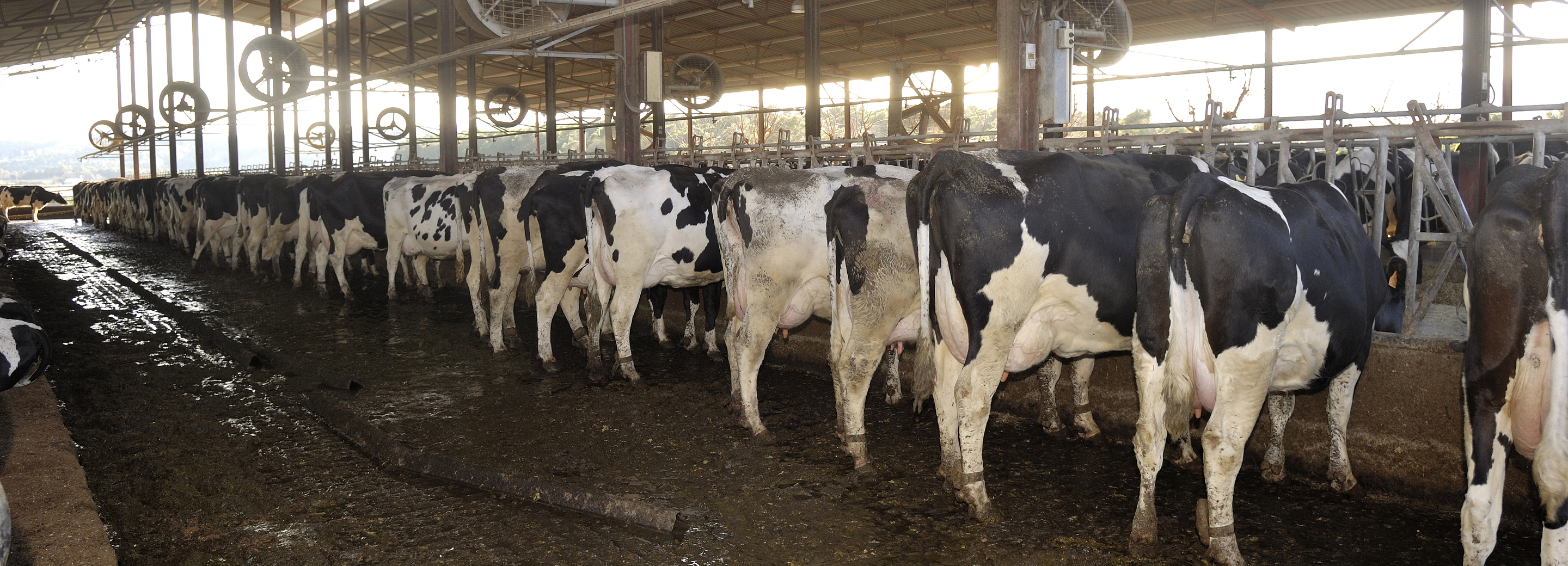Associated with a wide range of human health and ecological impacts and contributes to the. Epa, the release of waste from animal feedlots to surface water, groundwater, soil, and air is.
These animals harbor zoonotic pathogens that are transported in the environment by water, especially runoff.

Animal waste and water pollution. When pet waste is washed into lakes and streams, the waste decays, using up oxygen and sometimes releasing ammonia. Concentrations, sources and pathways, article 17 in the practice of watershed protection). Animal feeding operations (afos) are agricultural operations where animals are kept and raised in confined situations.
During a flood, animal waste and wastewater from afos have the potential to contribute pollutants into surface water and the environment. It also reaches reservoirs which supply much of the drinking water in new jersey. It is worth noting that states with the most cafos, including iowa, north carolina and california, have particularly lax laws, regulation and enforcement on water and air quality, while states trying to attract cafo development often do so by making these standards more lenient, including by exempting animal feeding operations from pollution rules that govern.
However, little information exists on health effects associated with exposure to this potential hazard, and water standards focused. Degradation of the nation’s surface waters.8data collected for the epa’s 2000 national water. Animal agricultural wastes can be divided into two production types:
Around 100 million tons of plastic is produced every year, of which 10 percent ends up in the sea. Animal wastes are pollutants of increasing concern both to the public and to regulatory bodies because they have the potential to contaminate both surface and groundwater. Animal waste contains two main types of pollutants that harm local waters:
Excess nutrients are a major cause of water quality decline. 2) land application of animal waste for soil fertilization makes a significant contribution to water pollution; It can be concluded that:
Always remove waste from areas where children play. When this waste ends up in water bodies, it decomposes, releasing nutrients that cause excessive growth of algae and weeds. Pet waste and water pollution pet waste is carried by rain, melting snow, and ice to storm drains that empty into rivers, lakes, and the ocean.
Chemical pollution generated by the nitrates and phosphates of pesticides, human and animal drugs, household products, heavy metals, acids and hydrocarbons used in industries Animal waste, water quality and human health overview the excreta (faeces and urine) of mammals and birds are widespread across planet earth and frequently contaminate water that is used for bathing and recreation, that is treated and distributed for human consumption, and that is used to irrigate crops. Managing animal waste animal waste is a valuable fertilizer and soil conditioner.
This makes the water murky, green,. More than 85% of the world’s faecal waste is from domestic animals such as poultry, cattle, sheep and pigs. Pet waste also contains nutrients that encourage excess weed and algae growth.
From toxic chemical runoff to the accumulation of litter miles away from land, here are five ways water pollution is killing animals: Cafos congressional research service summary according to the environmental protection agency, the release of waste from animal feedlots to surface water, groundwater, soil, and air is associated with a range of human health and ecological impacts and contributes to degradation of the nation’s surface waters. Animal waste and water quality:
Range and pasture production, and confined or concentrated animal production. They are the most frequent victims of diseases from pet waste. To prevent water pollution, clean up areas near wells, storm drains, ditches and waterways.
Concentrated animal feed operations and water quality. Barnyard effluent carried by rain and melting snow can be a major source of water pollution in rural watersheds. 3) the use of tilling can significantly reduce the amount of nutrients available in runoff water.
During the same time, u.s. More than a million sea birds and mammals are killed each year by ingestion of plastic. Animal agriculture manure and farming fertilizers bring nutrients such as nitrogen, phosphorus, and potassium to the proverbial water pollution “table.”
The presence of pet waste in stormwater runoff has a number of implications for urban stream water quality with perhaps the greatest impact from fecal bacteria (for more information see microbes in urban watersheds: When managed properly, the nutrients in manure can be an ideal substitute for commercial fertilizers, saving money and protecting groundwater and surface water. Seemingly small sources of pollution that can add up to big problems for water quality, and even human health.

1on1 'Water Pollution from Livestock in the Shen. Valley'

I.B Water Pollution Assignment Post 2 Water Pollution Sources
Pew Disappointed in EPA Plan to Study Impact of Industrial

Water Pollution by Taylor Mishler

Science online The water pollutants and the protection of

How Common Do You Think Drowning in Feces on a Dairy Farm

Tallying the costs of stormwater pollution

Air And Water Pollution Impact Of Animal Farming on The
Large Pits of Polluted Water Found in Rural Northern China

Climate Signals Hogs and Hurricanes While Flood Water
Conservation Obama administration backpedals on pollution
Toxic pollution Cattle drink poluted water at a garbage dump

Peggy M McAloon on Twitter Water pollution, Industrial
What's the role of factory farming in ocean degradation
Nonpoint Source Pollution water, effects, environmental

Agricultural Water Usage & Waste Agricultural Water

Stop pollution before bringing Beas water to Jalandhar

EPA Releases Guidance on Reporting Air Emissions of

